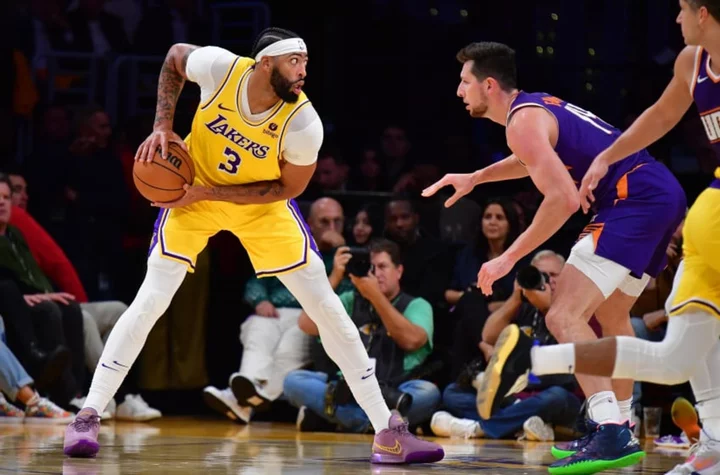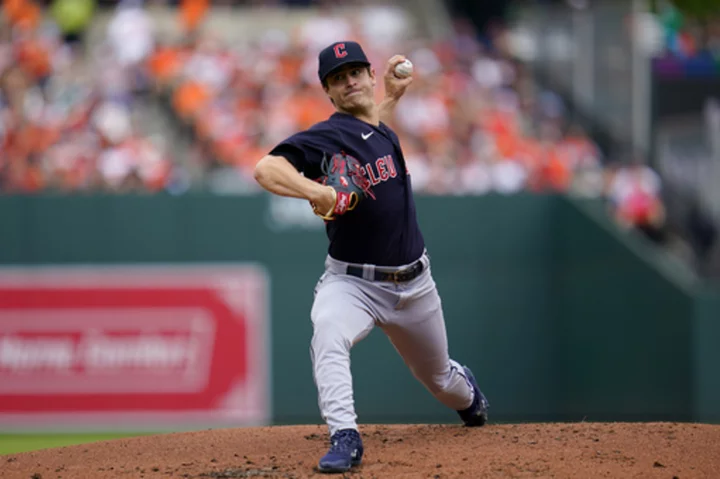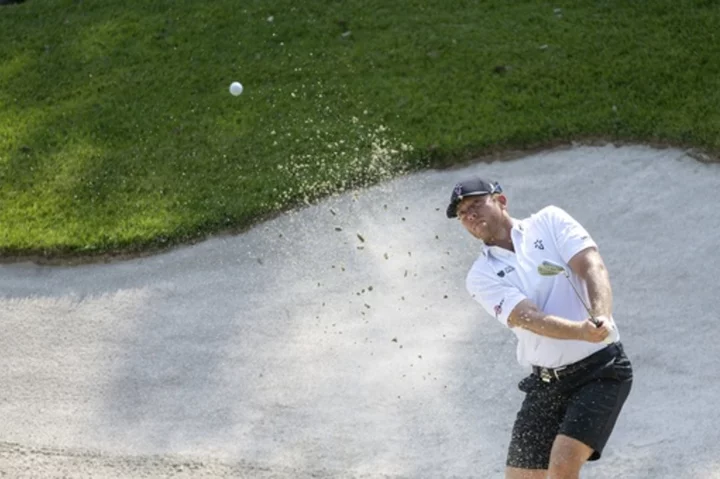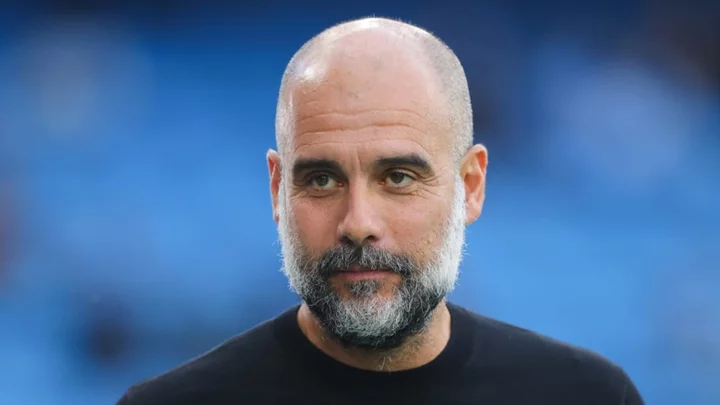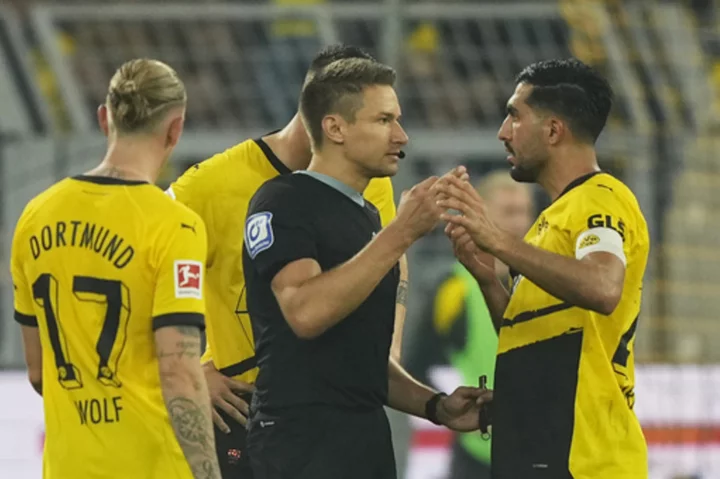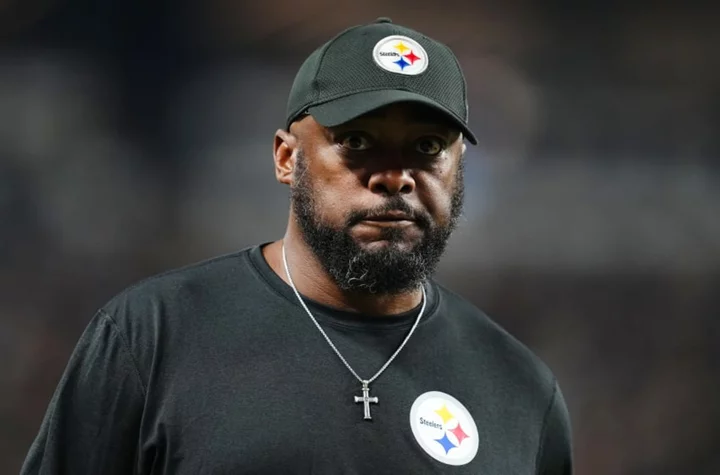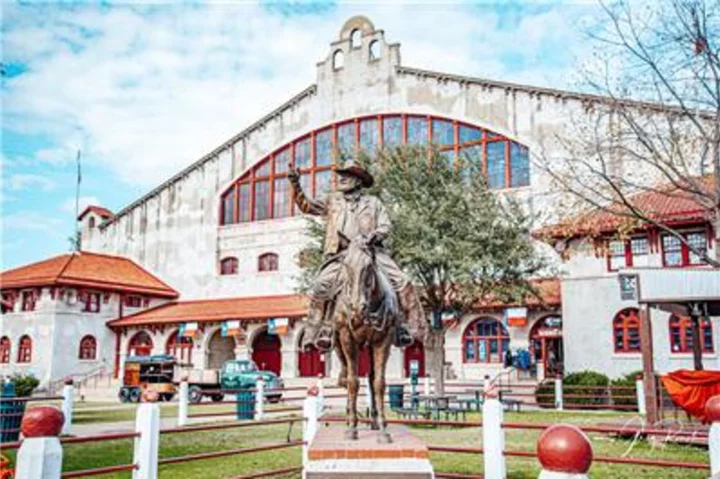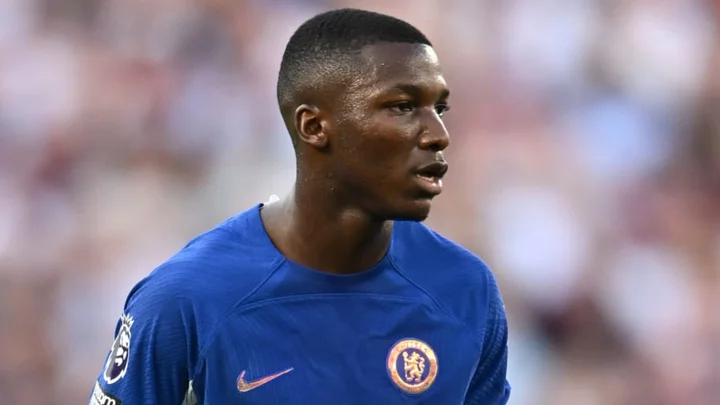The inconsistency of Anthony Davis can be frustrating. Not just his availability and his injury history, but his capacity for running off a string of dominant two-performances, only to disappear for a game or two in the biggest moments.
Davis took 17 shots on opening night against the Nuggets, making just six, and contributing 17 points in 34 minutes. The way he faded into the background as the game went on was notable and a big part of why the Lakers struggled to close the gap.
Davis took 17 shots again last night against the Suns, making 10 and contributing 30 points in 39 minutes, thanks in part to 10 free-throw attempts. He was consistently engaged from start to finish and a two-way force around the basket helping power the Lakers through a huge fourth-quarter comeback to steal the win.
He was a different player. Some of it may have been attitude but some of it was also about how he was used and that presents a conundrum for the Lakers.
Where Anthony Davis is best isn't necessarily what's best for Anthony Davis
During the Lakers' championship run in 2020, Davis was absolutely on fire from the outside. He hit 55.2 percent of his long 2-pointers and 38.3 percent of his 3s during that postseason, compared to 35.5 percent and 28.3 percent across all regular season games he's played in a Lakers' uniform.
That postseason run was an enormous outlier for him and it's both warped the perception of his ceiling as a shooter and made it seem like there is a choice to be made about how he should be used on offense.
In preseason, Darvin Ham talked specifically about wanting to see a dramatic increase in Davis' 3-point attempts (per ESPN): "I want him, if he can -- I know he won't do it, but maybe he'll shock me -- but I've requested to see six 3-point attempts a game. Three per half, at least. I wouldn't put that on him if I didn't think he was capable."
To put that in context, six 3-point attempts per game would be essentially doubling his previous career-high, which came during that 2019-20 season.
There are other advantages to Davis playing on the perimeter more on offense. He has the mobility to face up and attack some slower bigs. It helps with spacing, keeping the lane open for the Lakers other ball-handlers. It saves his body from some of the banging down low, potentially preventing injuries and keeping him fresher for the postseason. It also allows the Lakers to play with a more traditional center like Jaxson Hayes and lets them handle opposing bigs on defense, again preventing wear-and-tear on Davis.
And this is what we saw against the Nuggets. In the first half, three of his 11 shots were long 2-pointers and another came from beyond the arc. Of his seven shots closer to the basket, three of them were the result of perimeter drives.
Across the entire game, the NBA's player-tracking system logged just three paint touches, a single elbow touch and zero post-up touches. (He had several back-to-the-basket possessions but in each case, they started far enough from the basket that they weren't categorized as post-ups by the NBA's system).
Against the Suns — 11 paint touches, 5 post-ups, 3 elbow touches. The Lakers consistently got him the ball closer to the basket, he was far more efficient, far more impactful and far more engaged at both ends of the floor.
One accompanying adjustment was playing Christian Wood with Davis a lot more — they played eight minutes together in the opener against the Nuggets and 18 minutes together against the Suns, during which the Lakers outscored Phoenix by 18 points.
Wood is a very good outside shooter and can play the floor-spacing big-man role the Lakers were trying to use Davis in on opening night. But this doesn't really solve the defensive matchup issues as Wood is a terrible defender and physically overmatched by bigs like Nikola Jokic or Jusuf Nurkic.
In these two games, we've really seen the quandary the Lakers are in with Davis. He can succeed in a perimeter role (like he did in the first half against the Nuggets) but asking him to do that too much inevitably leads to his trademark inconsistency (like in the second half against the Nuggets).
He's more effective and consistent when they play him closer to the basket but that increases the physical wear-and-tear on an essential and injury-prone player. It's a tightrope the Lakers will be walking all season and, honestly, have been trying to navigate for four years. They got lucky in the 2020 playoffs when he caught fire from the outside and never really had to find an answer. This year, they may have to.
Subscribe to The Whiteboard, FanSided's daily email newsletter on everything basketball. If you like The Whiteboard, share it with someone you love! If you don't like The Whiteboard, share it with someone you loathe!
This Damian Lillard - Giannis Antetokounmpo thing might actually work out
When any pairing of existing stars are assembled there are always questions about how they will fit together — who will cede some offensive primacy? Who will adapt their style to work in the preferred structures of their new teammate?
Those questions seemed to have fairly obvious answers for Damian Lillard and Giannis Antetokounmpo. They were an ideal pairing on paper and would require very little adaptation from either star. It turns out they're pretty compelling in practice as well.
The Milwaukee Bucks started their season with a 118-117 win over the Philadelphia 76ers. Lillard went for 39 points, 8 rebounds and 4 assists making several huge plays down the stretch. Giannis added 23 points, 13 rebounds, 3 assists, 2 steals and 2 blocks.
Both players missed some shots and the defense is clearly a work in progress (hence the close margin). But you can already see just how impossible they're going to be to guard.
READ MORE:
- Everything Damian Lillard said after electric, record-setting Bucks debut
by Chris Kline, for FanSided - Film Findings Ep. 02: Dame-Giannis P&R
by Jared Dubin, for Last Night on Basketball - Damian Lillard Is Already Bailing Out the Bucks
by Rohan Nadkarni, for Sports Illustrated
Recommended Reading:
1. Saying the loud part out loud: "The Bulls suck. It took only one game for the Chicago Bulls' season to fall apart. The Thunder whooped Chicago, 124-104, on its home floor to reinforce that 'continuity' and 'cohesion' weren't a good enough plan for the Bulls over the offseason. Maybe they should have tried getting different and better players instead." 7 NBA overreactions after one game of the 2023-2024 season
2. Another on-court barrier, broken: "Flores will become the first out nonbinary trans referee in American major professional sports at a time when the ability of trans athletes to compete is under attack: globally, trans athletes have been banned from international competition in both track and field and swimming, while in the U.S., 23 states have passed laws restricting trans athletes from participating in school sports since 2020. Even if trans athletes are able to compete, they often must do so in the face of intense public scrutiny and harassment. As a NBA referee, Flores will spend the next six months traversing the country, and the importance of their visibility at this particular time in history is not lost on them." NBA Referee Che Flores on Becoming the First Out Trans and Nonbinary Ref in American Pro Sports
3. Anthony Edwards is the next ________: "Edwards looked like a legit All-Star at the end of last season. That's no question. But if he's going to turn himself into a legitimate MVP candidate (like Wade was at his peak), he'll need to improve his scoring efficiency, playmaking, off-ball offense, and defensive focus." How Anthony Edwards can turn into this generation's Dwyane Wade

